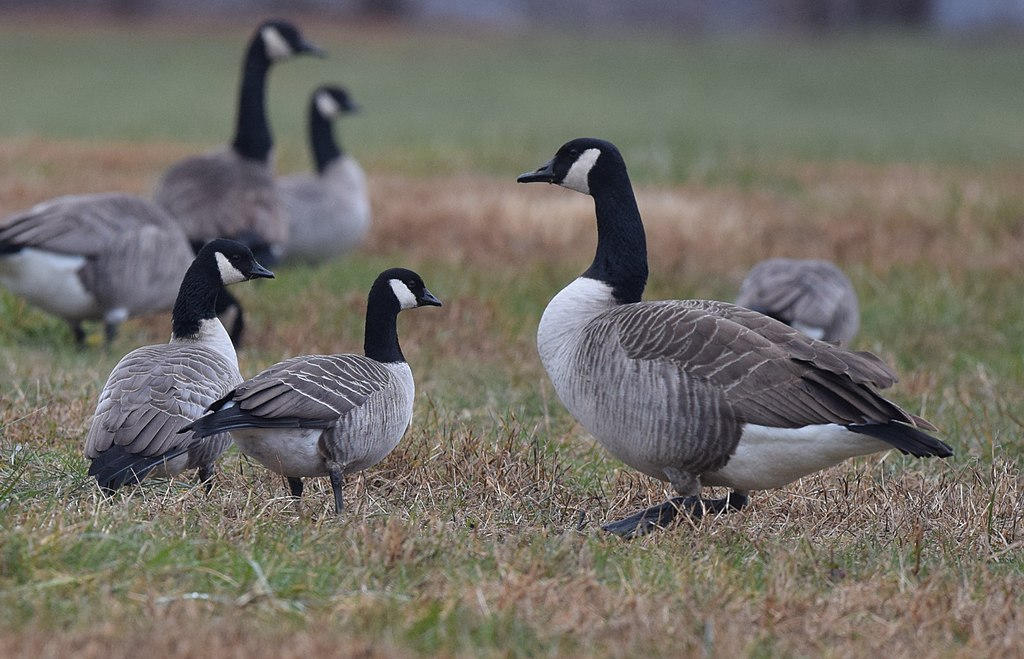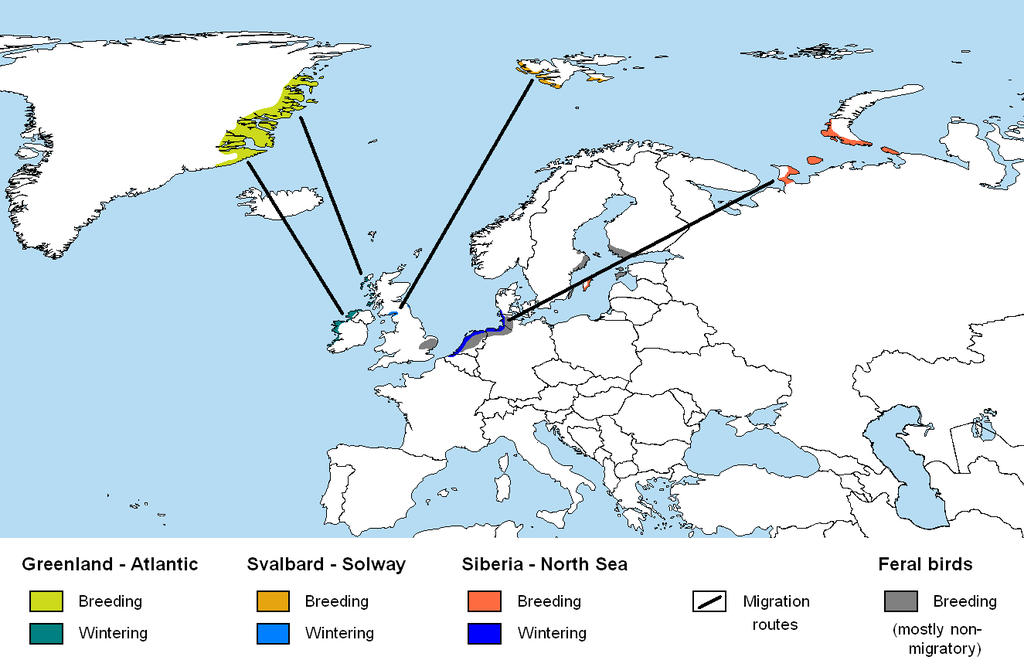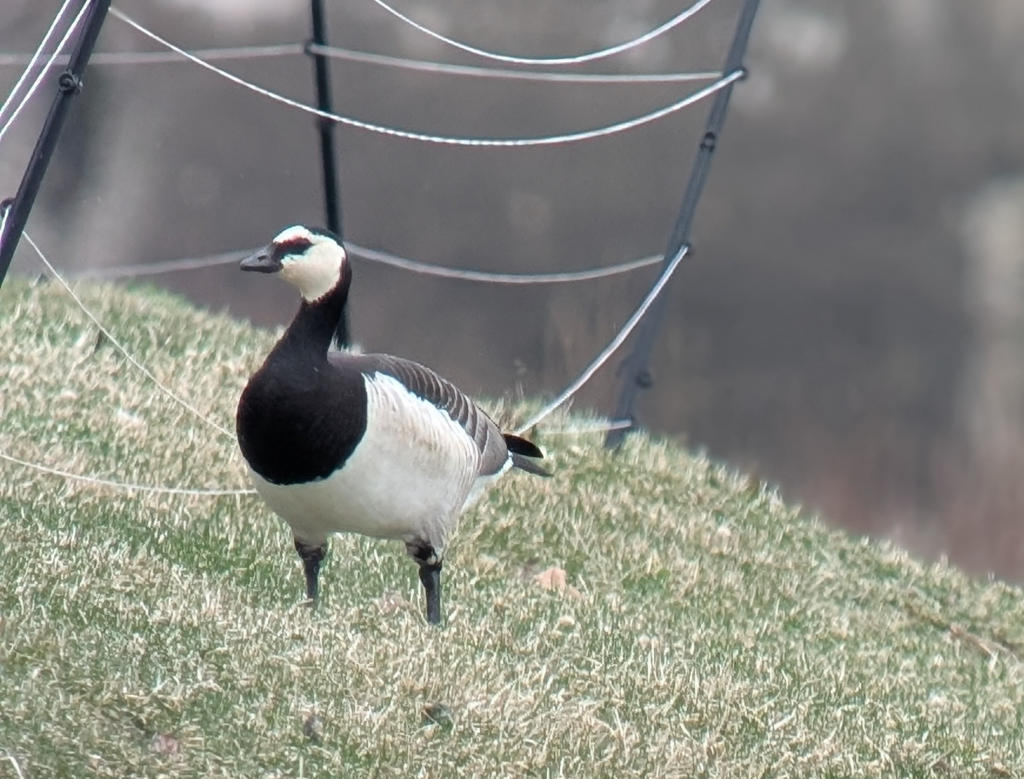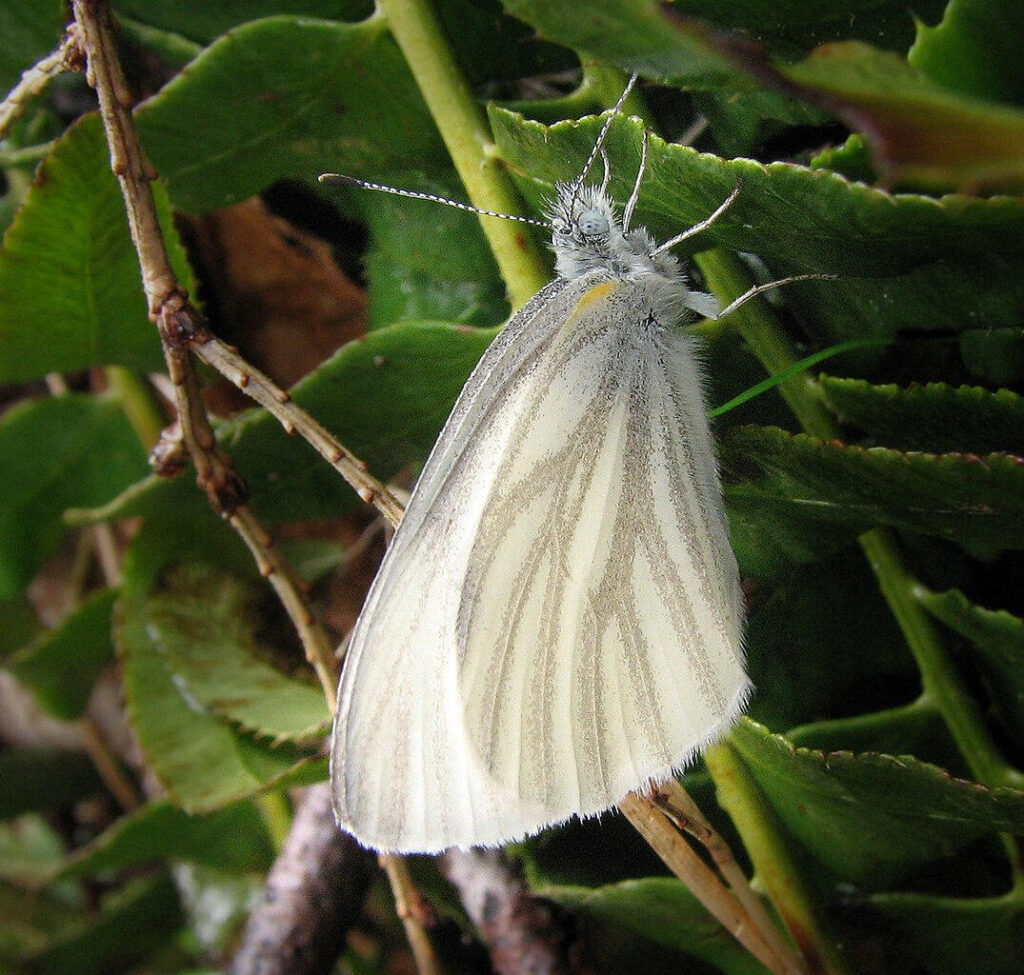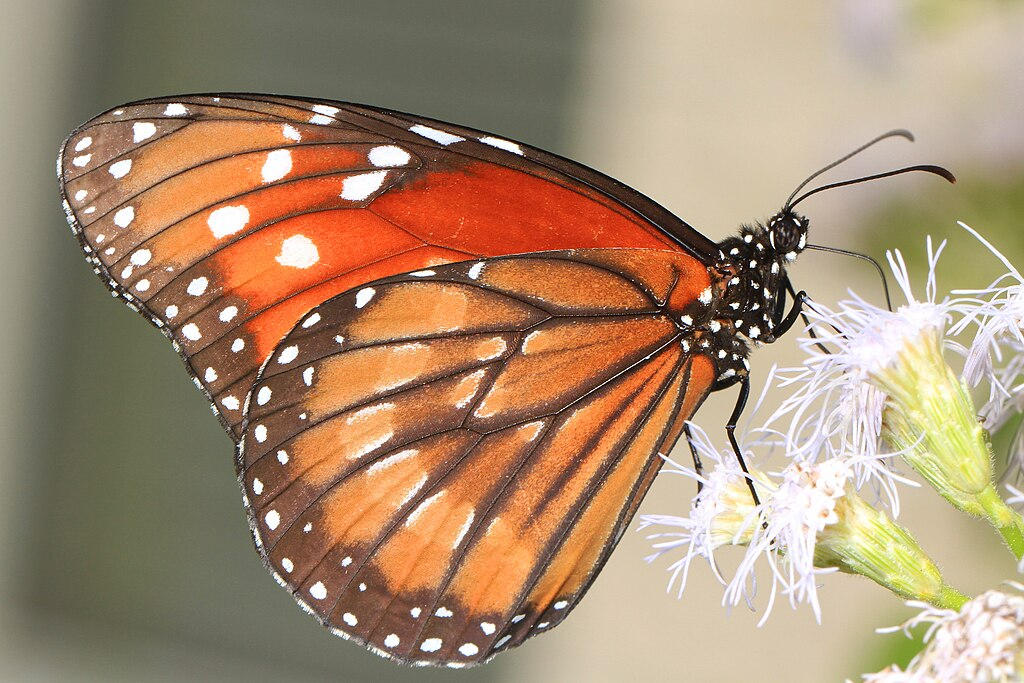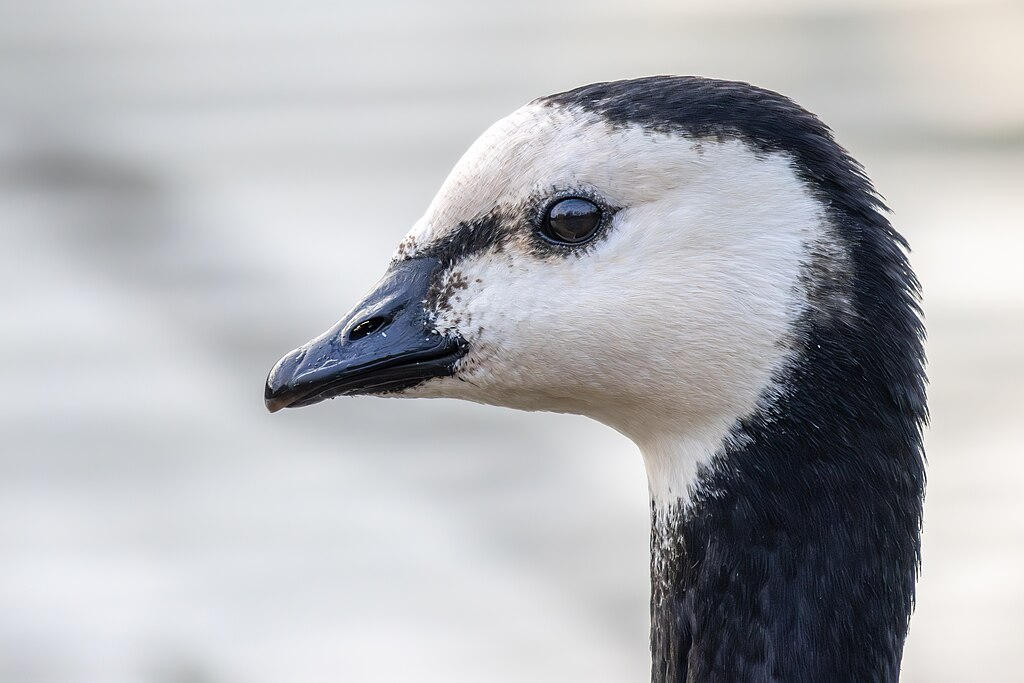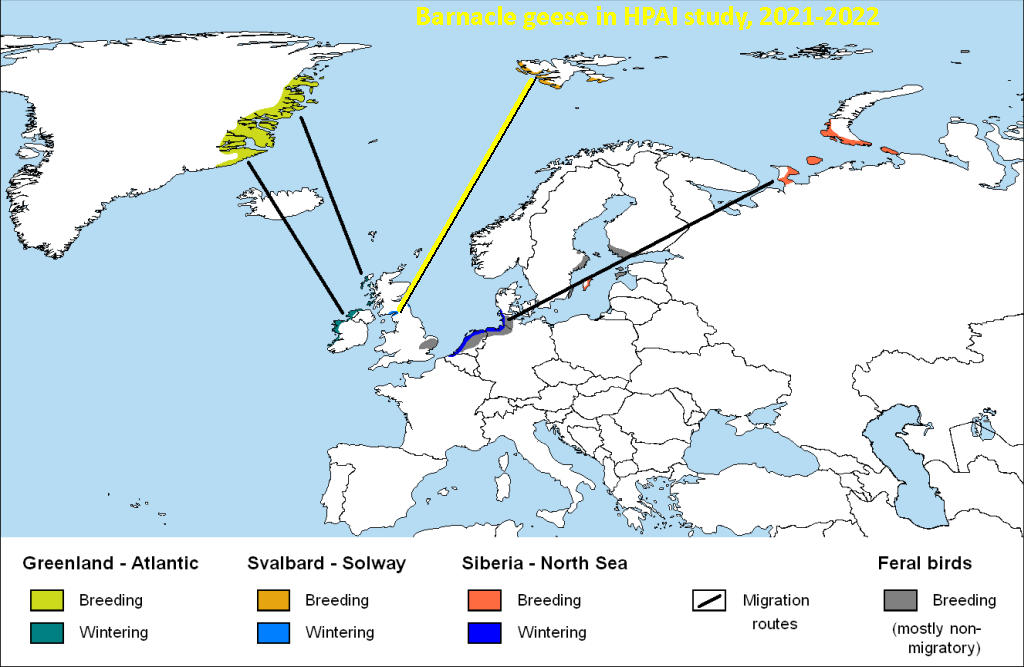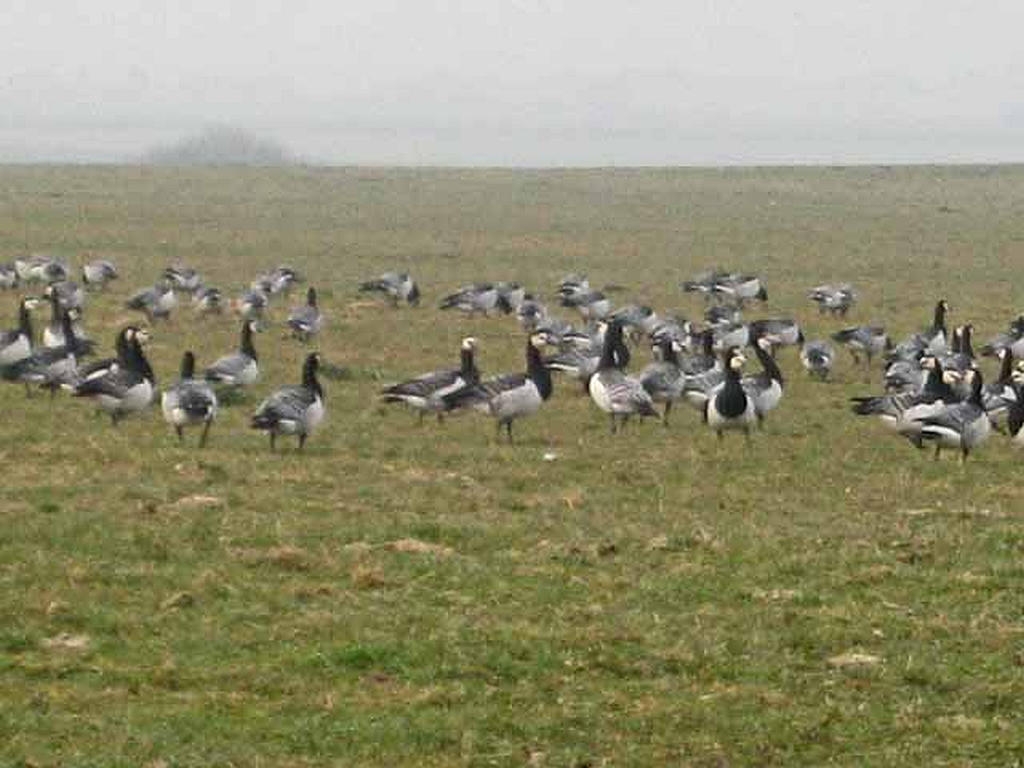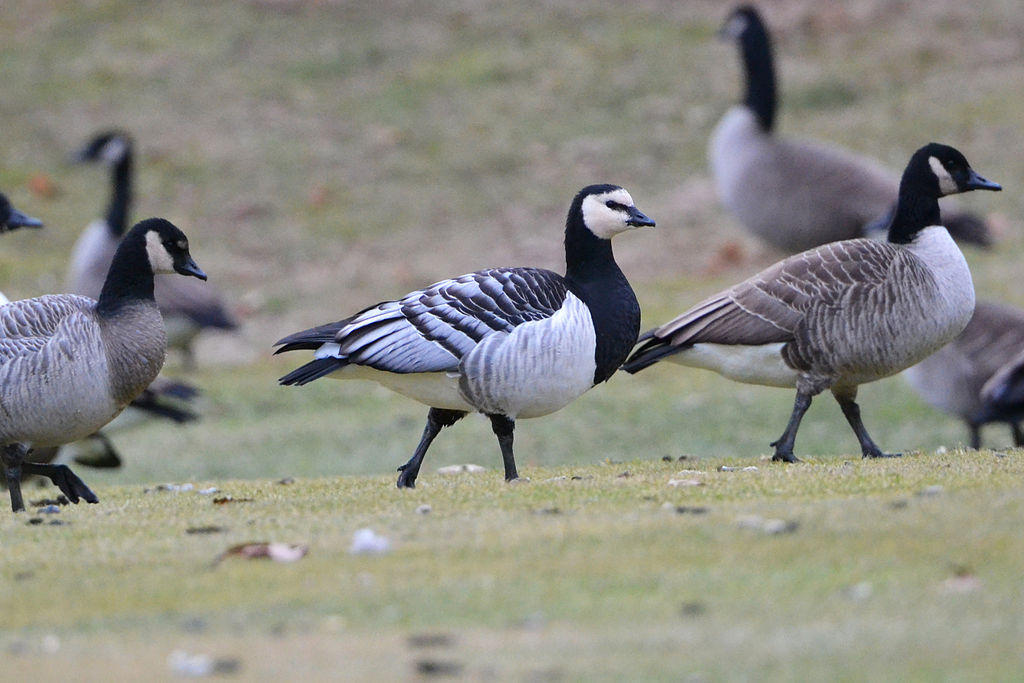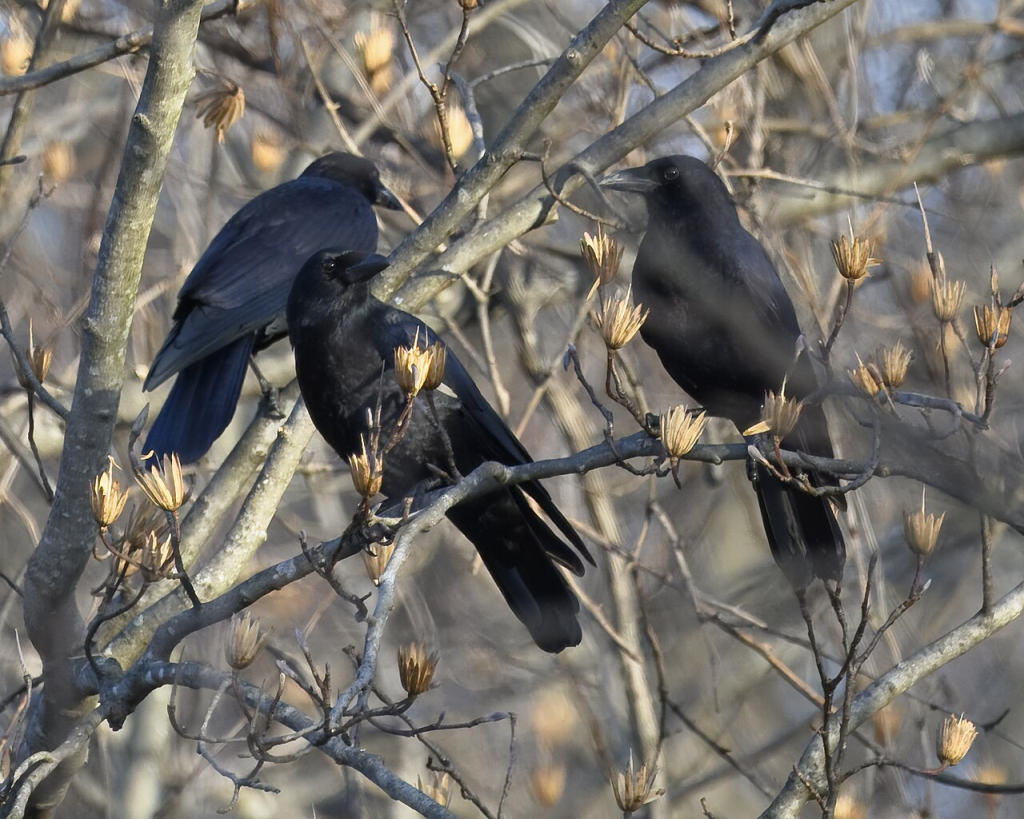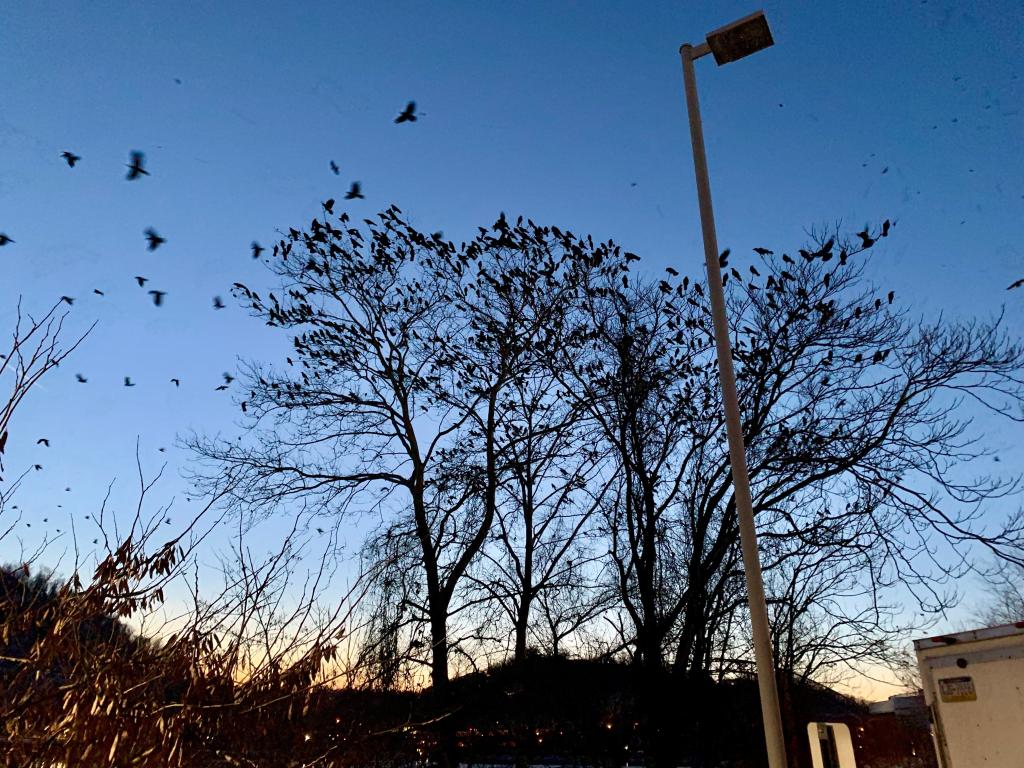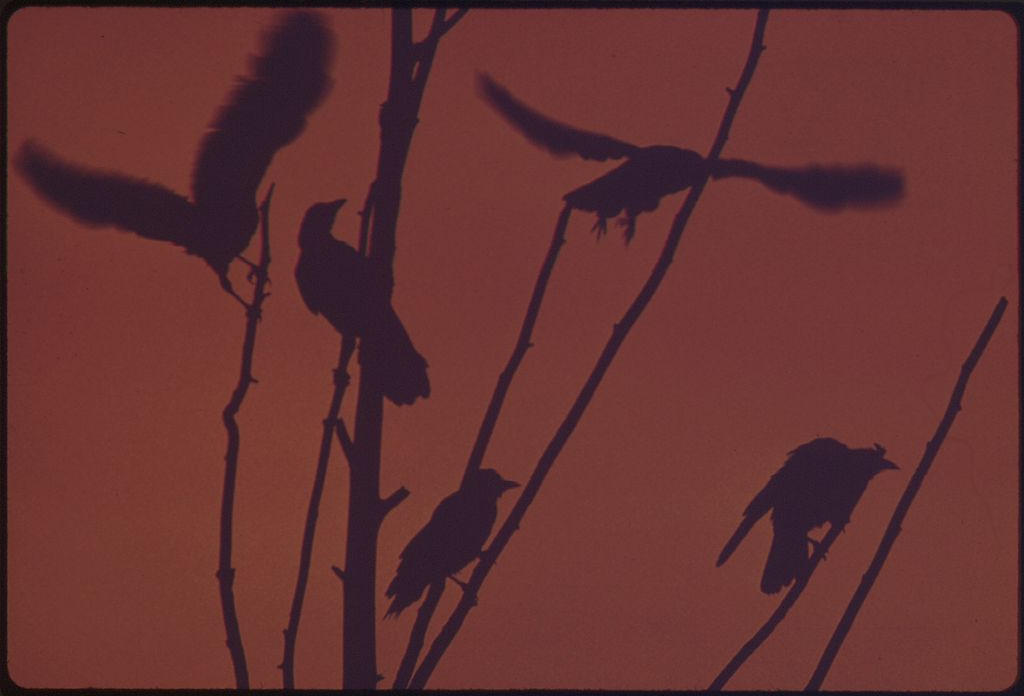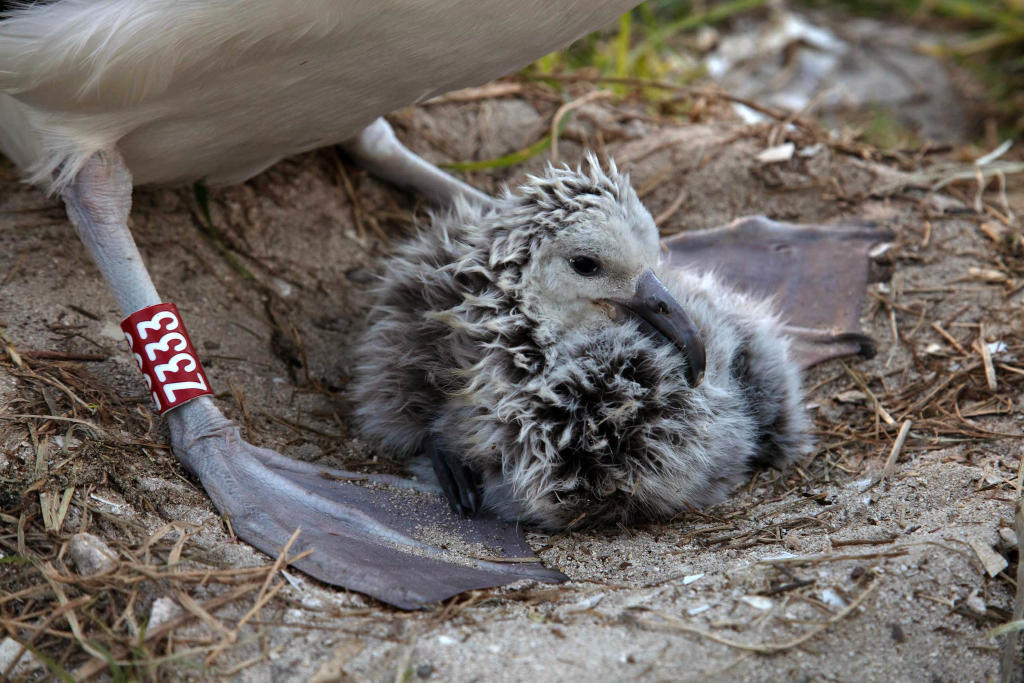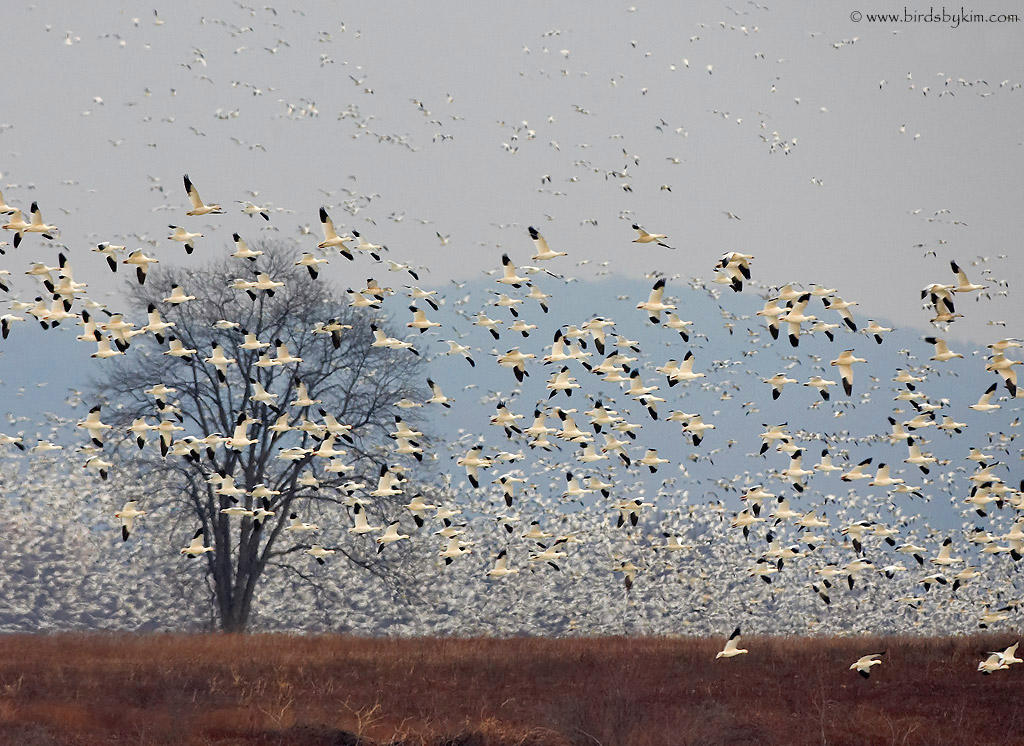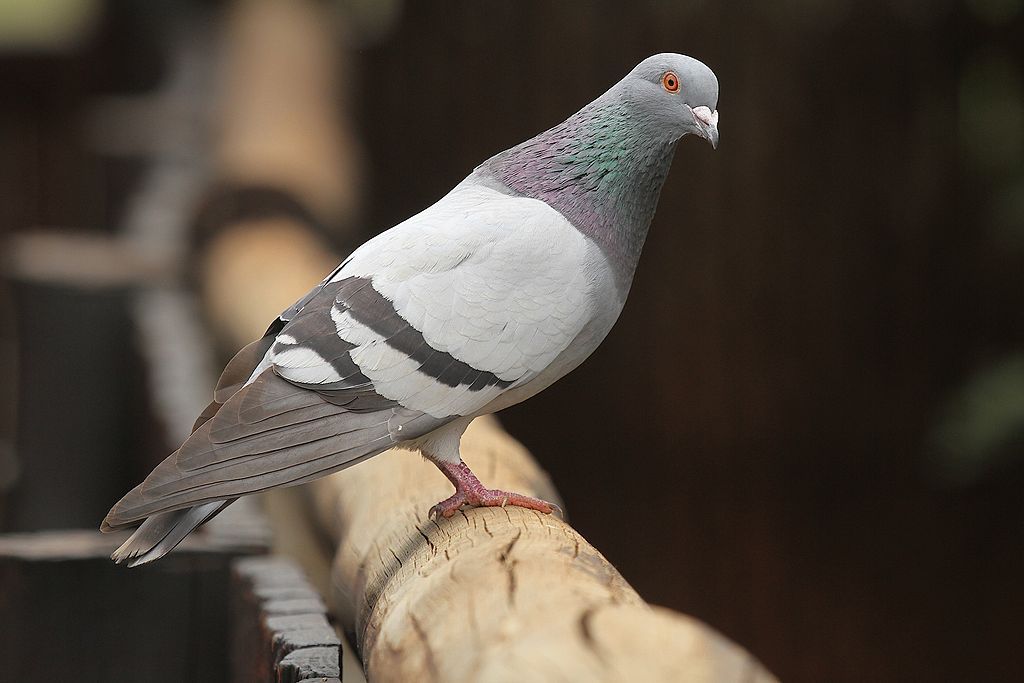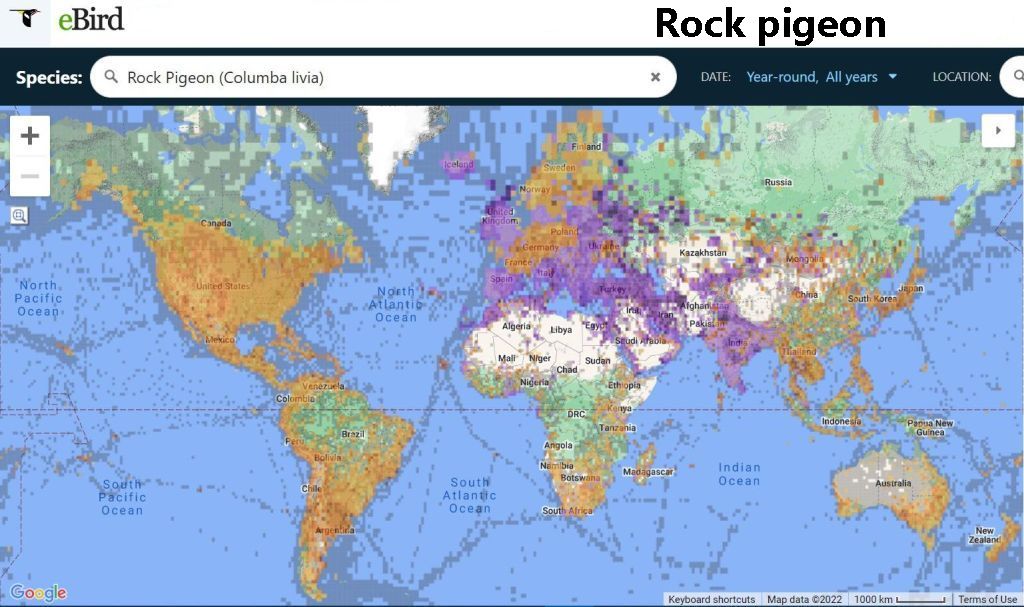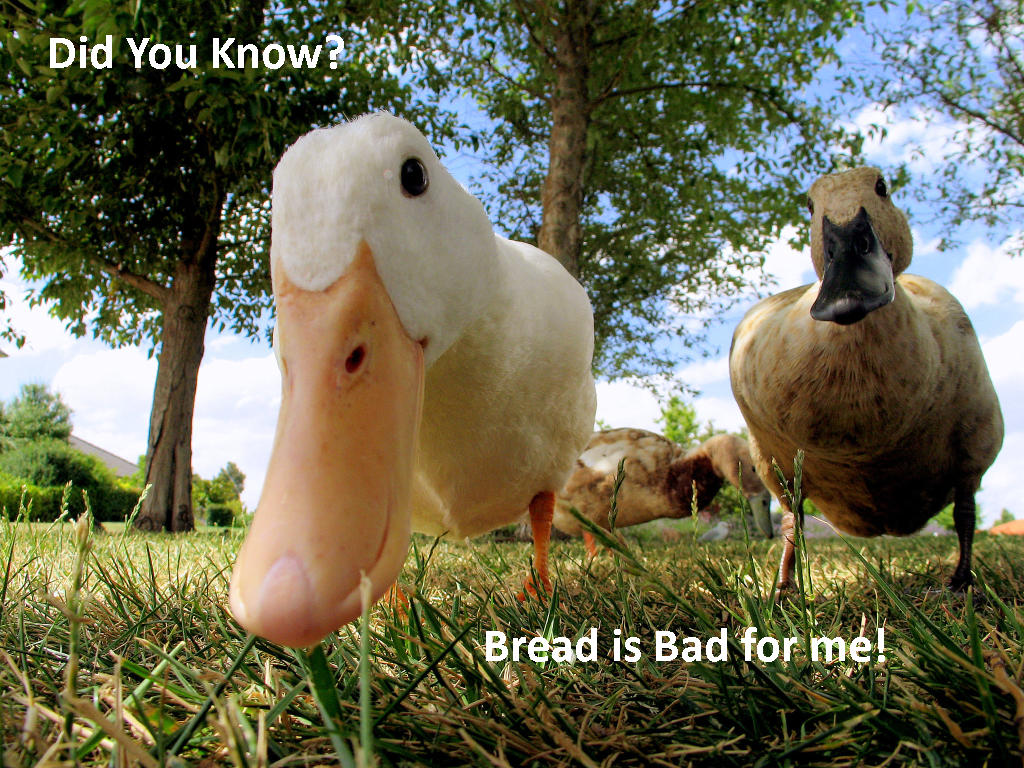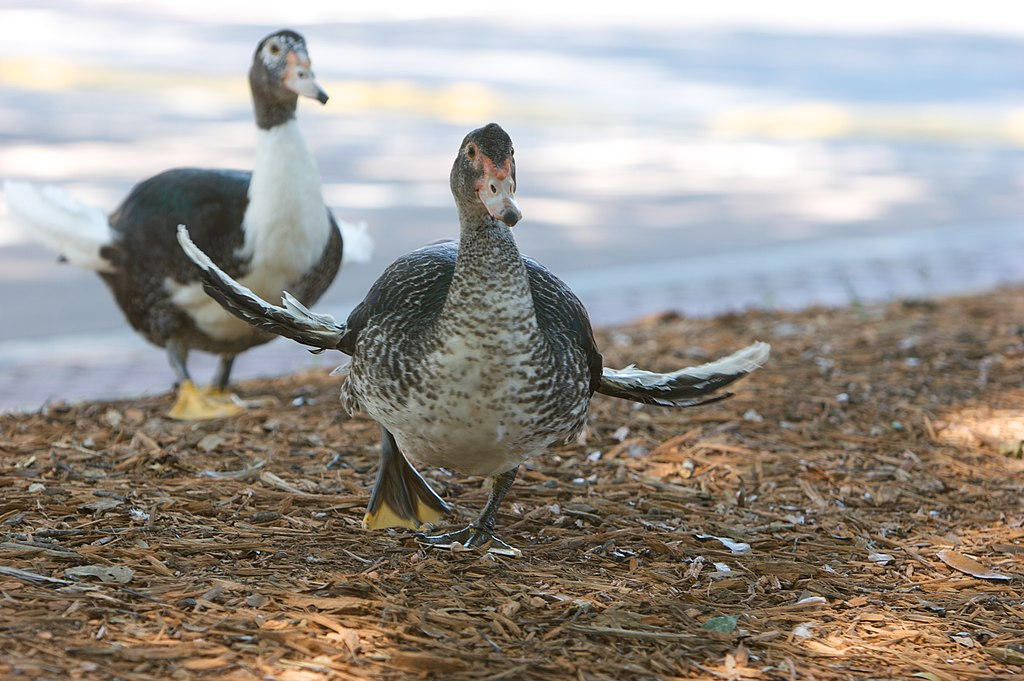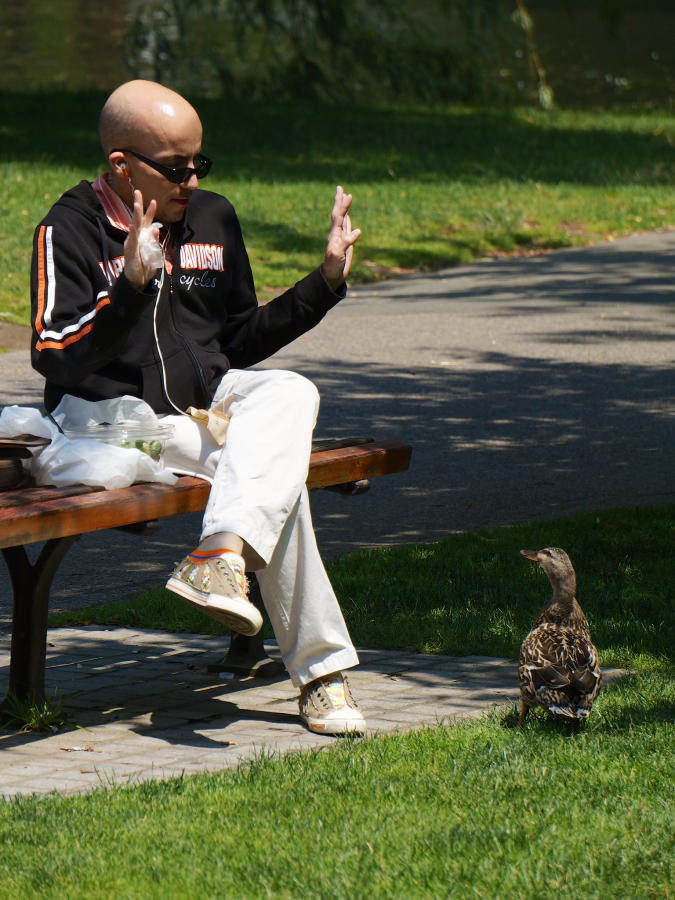
13 April 2025
This year I’ve seen many examples of spineless creatures but who is the best of the invertebrates? The Guardian runs an annual contest to name the Invertebrate of the Year. Let’s see who won for 2025.
First of all, who was in the running?
- Invertebrates are animals that neither develop nor retain a backbone. Well-known phyla of invertebrates include arthropods, mollusks, annelids, echinoderms, flatworms, cnidarians, and sponges. The majority of animal species are invertebrates; one estimate puts the figure at 97%. — quoted from Wikipedia: Invertebrate
So 97% of the species on Earth were in competition for the top spot. This is impossibly hard to win for repulsive creatures like leeches.
In fact this year’s winner is microscopic and very cute, an eight-segmented creature with tiny claws that help it walk.

Our winner, the 0.5mm-long Milnesium tardigradum, has survived all five great extinction events. It survived in outer space when plonked there as part of a European Space Agency experiment. Tardigrades can endure radioactivity, most cancers, extreme cold, scorching heat, zero gravity, being shot from a gun and being trapped in a freezer for – wait for it – 30 years.
— paraphrased from The Guardian: It’s heroic, hardy and less than a millimetre long: meet the 2025 invertebrate of the year
The secret to its invincibility is that it shrivels into a dehydrated “tun” state under adverse conditions.

Just add a little water — years later — and they come right back.
See tardigrades move in this 2009 video from NPR.
Read more about the contest and its winner at the Guardian: It’s heroic, hardy and less than a millimetre long: meet the 2025 invertebrate of the year.
Hungry for more? Here’s 7+ minute video from Animalogic on YouTube: Tardigrades: The Most Resilient Animals in the Universe.

